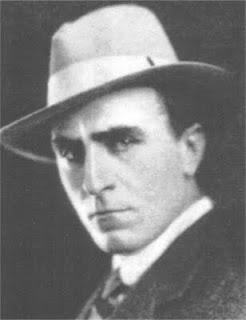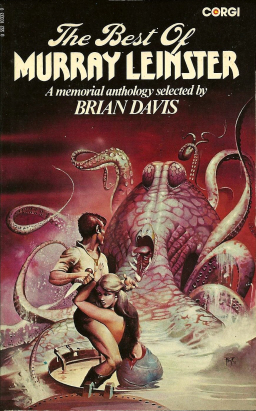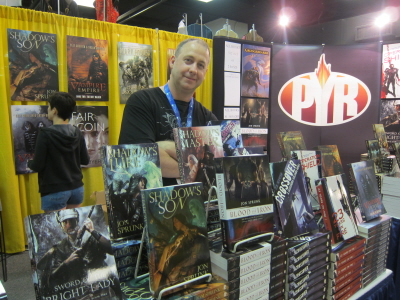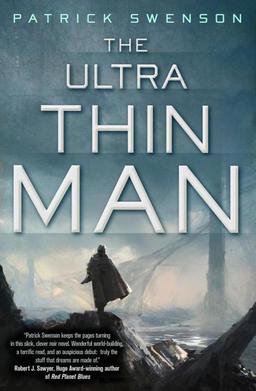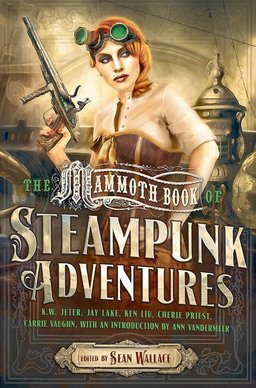What Did That Say? Or, When is a Subtitle not a Subtitle?
 Lately I’ve had some experiences with subtitles that worry me a little. Here’s my problem: just what is it that’s being subtitled, and is there any way for us to know whether we’re missing something?
Lately I’ve had some experiences with subtitles that worry me a little. Here’s my problem: just what is it that’s being subtitled, and is there any way for us to know whether we’re missing something?
Usually when I’m watching a movie with subtitles, it’s in a language I have some grip on, like French or Italian. The subtitles are there to help me when the dialogue is too fast, or perhaps too colloquial, for me to follow it directly (though that in itself might be one of the problems, as we’ll see in a minute). There’s only one thing I watch where I don’t have any real clue on the language, and that’s Japanese anime.
The thing is, I’ve always been a big fan of subtitles over dubbing. I prefer to hear the actors’ own voices – I know how important voice can be, and I figure actors are cast for that as much as for any other quality. Tone is also something it’s virtually impossible to translate. But now, having seen some of the stuff I’ve seen, I’m not so sure I wouldn’t be better off watching a dubbed version.
The only dubbed films or TV shows I regularly watch are dubbed in Spanish, and I do that so my ear doesn’t lose its facility with the language through long periods of disuse. I never use the English subtitles, first, because the whole point is for me to concentrate and follow the Spanish; and second, because, as a reader, my eye is always drawn first to the written word, and I’d be wasting my practice time reading the subtitles instead of listening. Though, I might cheat a bit by watching a movie or an episode first in English, so I can concentrate on the vocabulary rather than on the plot.

